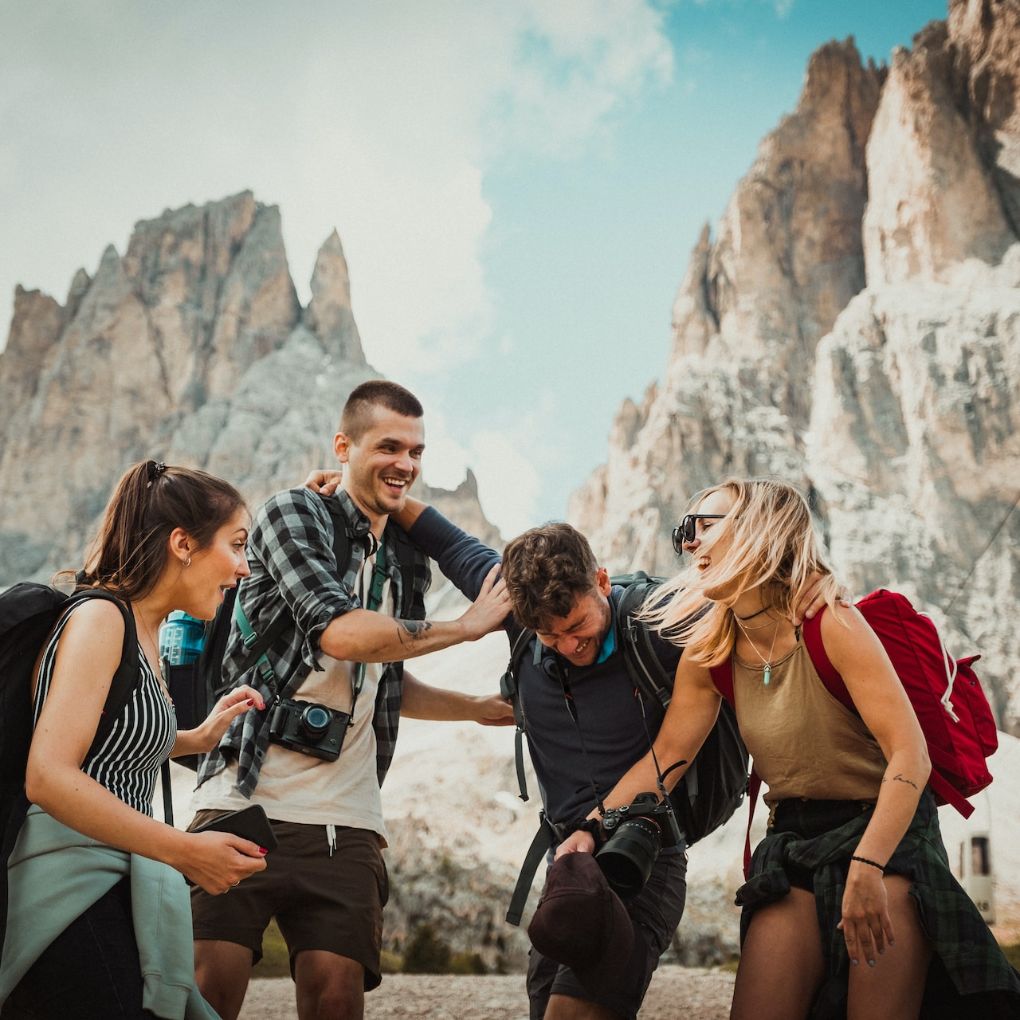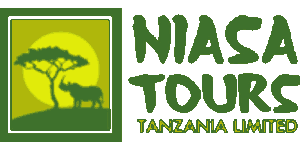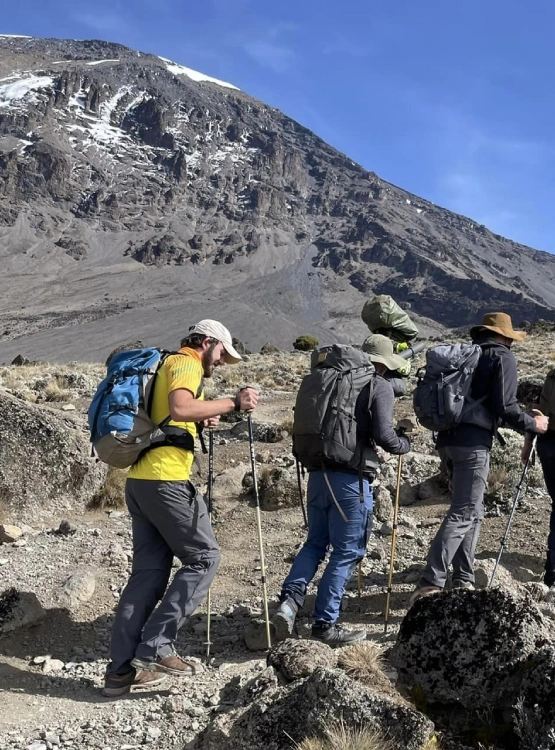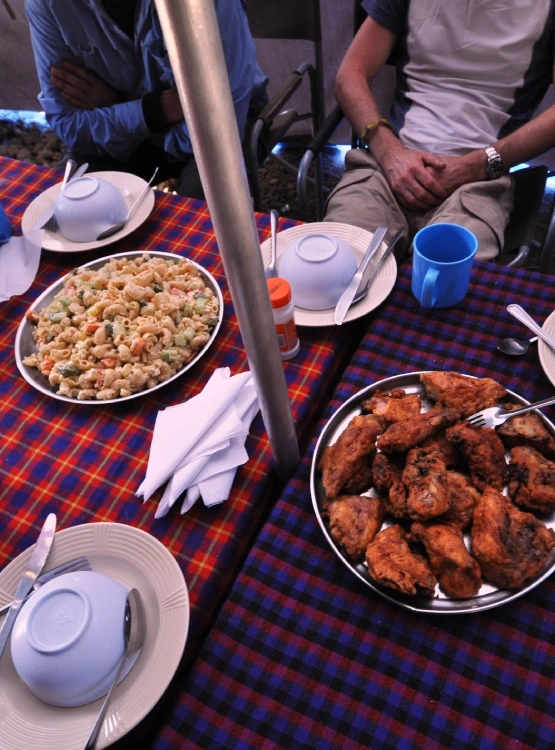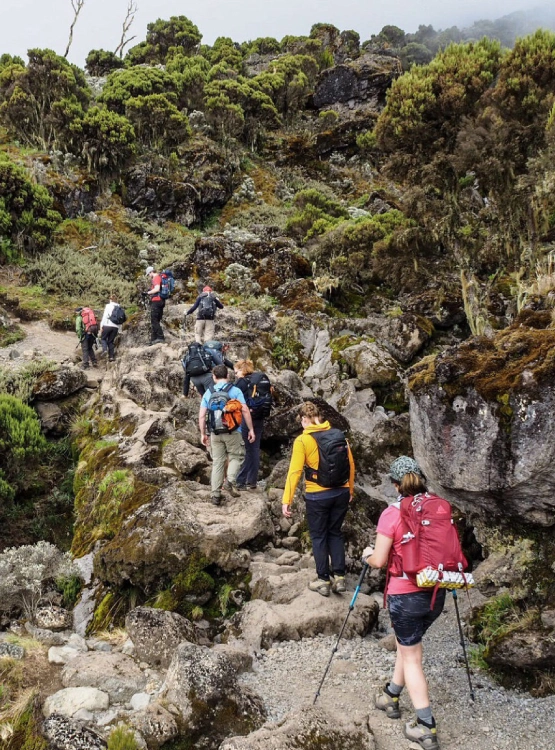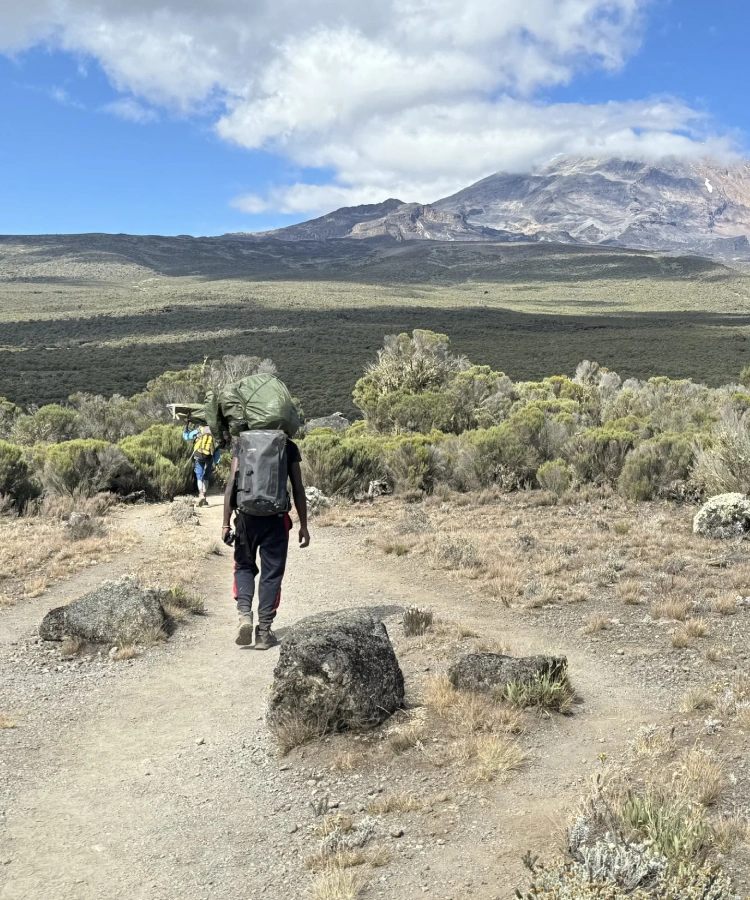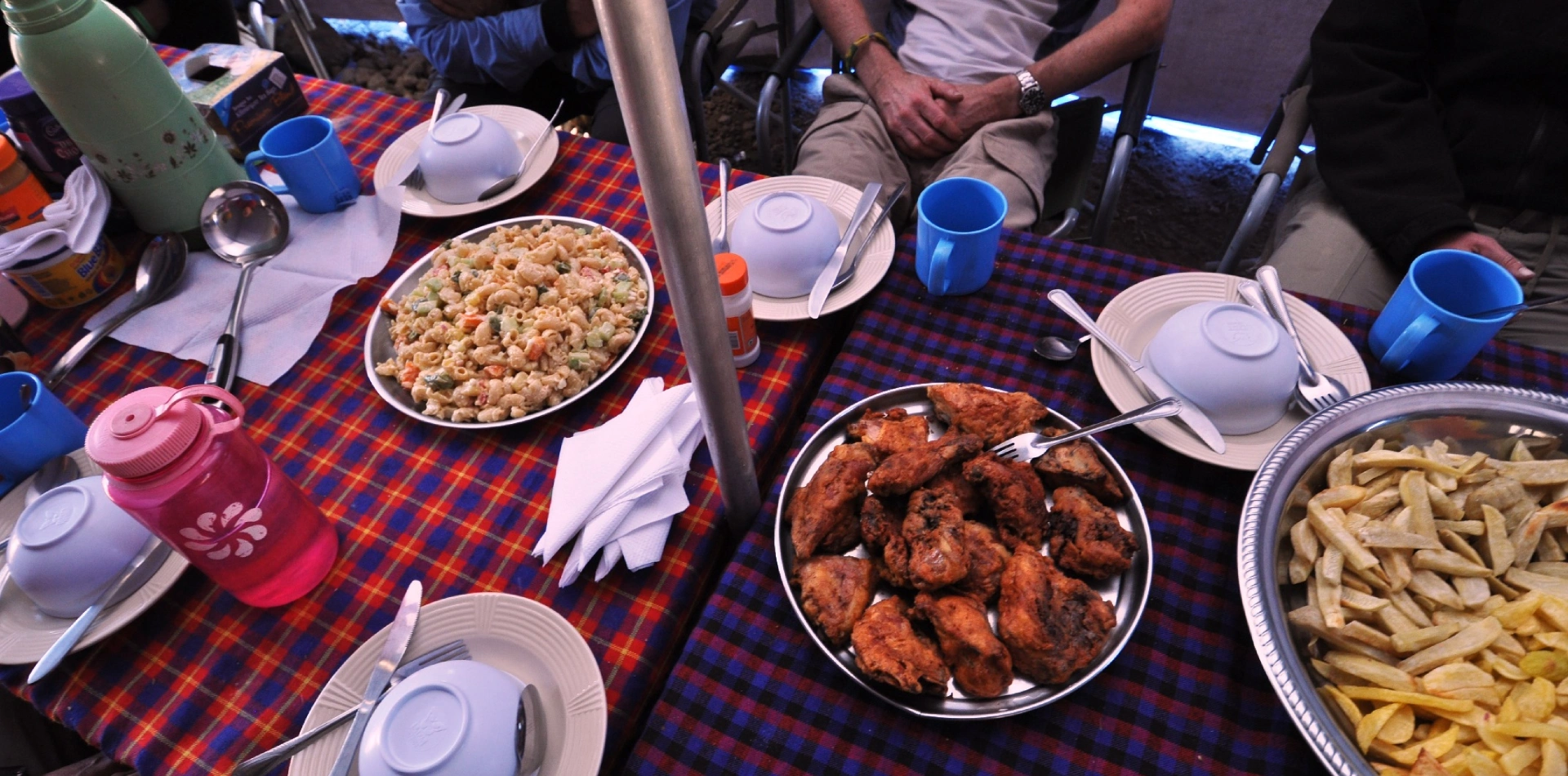
Kilimanjaro Climbing Foods
Fuel Your Kilimanjaro Climb with Nutritious Foods
Climbing Mount Kilimanjaro is a thrilling and challenging adventure, and proper nutrition is key to making the journey a success. The right Kilimanjaro Foods fuel your body, keep energy levels high, and help you adjust to the altitude. During your trek, a carefully planned diet of high-energy, easily digestible foods will help you stay strong through the ascent. Expect meals that are a mix of carbohydrates, proteins, and healthy fats. These include whole grains, nuts, seeds, dried fruits, lean meats, and energy bars.
At camp, hearty meals like pasta, rice, and stews will keep you feeling satisfied and nourished. Hydration is just as crucial, with plenty of water and electrolyte-rich drinks to keep you properly hydrated in the higher altitudes. Our expert Kilimanjaro Guides and chefs ensure that every meal is tailored to sustain you, providing both the nourishment and comfort needed for the ultimate Kilimanjaro Experience. Fuel your climb and conquer the summit!
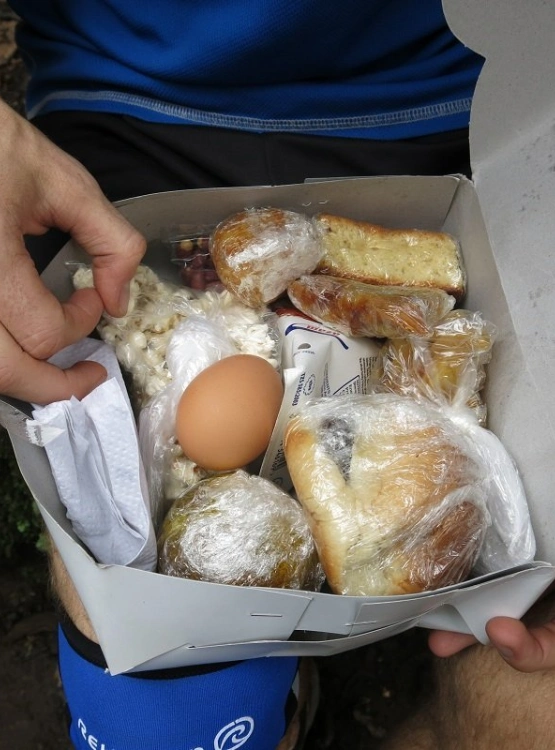
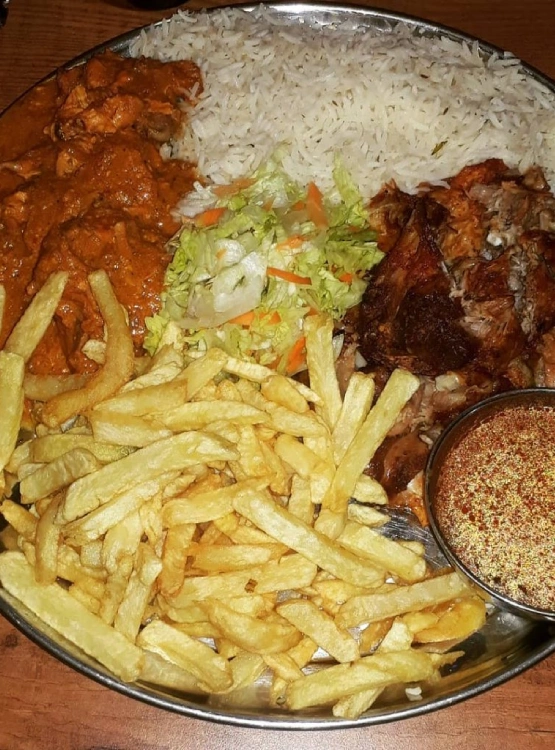
Fuel Your Kilimanjaro Adventure with Balanced Meals
Prepare for Kilimanjaro with nourishing, energy-boosting meals that fuel your ascent. From hearty breakfasts to hydration-packed snacks, stay energized and focused on your adventure. Book your trek and fuel your journey today!
Energy Meals
Fuel your Kilimanjaro climb with high-energy meals, packed with the right balance of carbs and protein to keep you strong.
Hydration Boost
Stay hydrated and energized with electrolyte-rich drinks, ensuring your body remains balanced.
Nutrient-Rich
Enjoy nutrient-packed meals that help replenish your body, with a mix of healthy fats, proteins.
Sustained Power
Meals designed for sustained energy, helping you stay focused and strong throughout the climb.
Let’s Explore and Experience
Let’s explore Tanzania together—where every journey is crafted with care, and every moment brings you closer to nature, culture, and adventure. From the Serengeti to Zanzibar, we’re here to guide your unforgettable experience with passion, warmth, and local expertise.
We make it easier for everyone to experience the world
Ready to explore Tanzania’s natural wonders? We’re here to help! Whether you’re planning a once-in-a-lifetime safari or a peaceful nature escape, our team makes travel easy and personal. Reach out today—let’s turn your dream of exploring Tanzania and beyond into reality. We make it easier for everyone to experience the world, one journey at a time. Contact us today!
Need I help? Talk to an Expert
+255767493713 +255690129757
Mountain Climbing FAQs
Discover essential information for climbing Tanzania’s iconic peaks—Mount Kilimanjaro, Mount Ol-Donyo Lengai, and Mount Meru. Learn about the best seasons, difficulty levels, required permits, gear recommendations, and safety tips. Whether you’re a first-time climber or experienced mountaineer, these FAQs provide guidance to help you prepare, stay safe, and make your mountain adventure unforgettable.
Climbing Kilimanjaro is challenging but achievable for fit individuals. It doesn't require technical skills, but altitude and endurance are key factors. Choosing a longer route improves acclimatization and success. Mental preparation, physical fitness, and proper gear make a big difference in your summit experience.
The best times are during dry seasons—January to March and June to October. These months offer clear skies, better trail conditions, and higher success rates. Avoid the rainy seasons for safety and comfort. Early booking is also advised due to route popularity.
Yes, Mount Meru is ideal for acclimatization before Kilimanjaro. It reaches 4,566 meters and offers great altitude training. The trek includes wildlife encounters and scenic ridges, preparing your body for Kilimanjaro’s higher elevation and reducing chances of altitude sickness significantly.
Yes, guided climbs are mandatory for both Kilimanjaro and Mount Meru. Guides ensure your safety, manage logistics, and provide expert support. Their local knowledge enhances your journey. On Mount Meru, park rangers accompany all trekkers due to wildlife presence in the area.
Ol Doinyo Lengai is the only active natrocarbonatite volcano in the world, revered by the Maasai as the “Mountain of God.” The steep climb is rewarded with unique lava flows, spiritual significance, and sunrise views over Lake Natron and the Great Rift Valley.
Altitude sickness can affect anyone above 2,500 meters. Symptoms include headache, nausea, and fatigue. To reduce risk, climb slowly, stay hydrated, and acclimatize properly. Longer itineraries on Kilimanjaro and a Mount Meru pre-climb significantly boost altitude adaptation and summit success.
You’ll need layered clothing, waterproof outerwear, sturdy hiking boots, sleeping gear (for Kilimanjaro and Meru), headlamp, trekking poles, and hydration packs. For Ol Doinyo Lengai, include lightweight but grippy footwear and breathable clothing due to its steep, dusty volcanic terrain.
What Customers Say About Us
